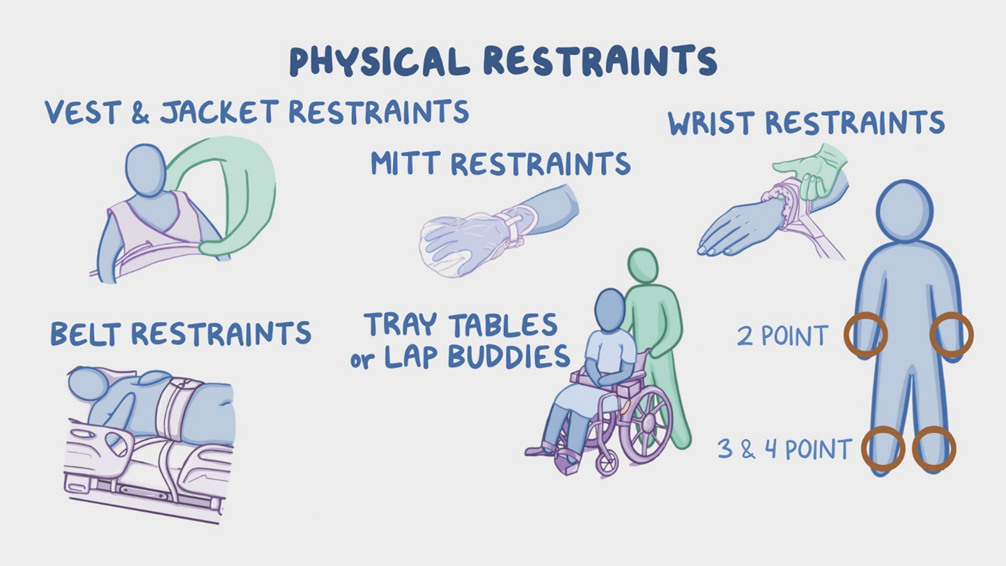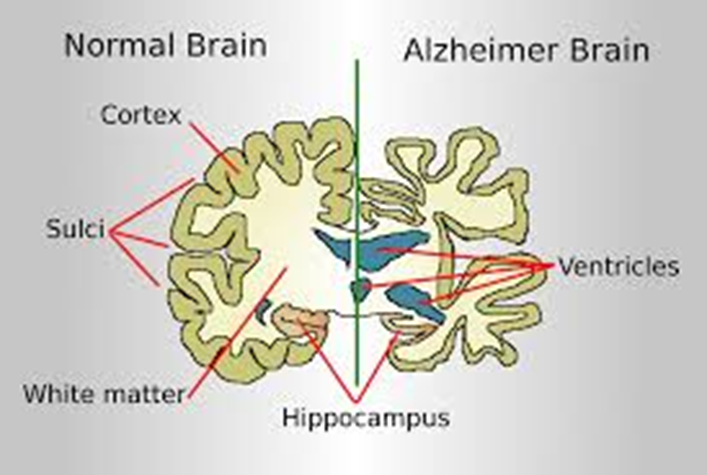A nurse is caring for a school-age child who has conduct disorder and is in physical restraints after becoming physically aggressive toward other clients on the unit. Which of the following actions should the nurse take?
Keep the restraints on for a minimum of 1 hour.
Monitor the child's vital signs every 15 minutes.
Ask the provider to renew the prescription for the restraints every 24 hours.
Arrange an in-person evaluation by the child's provider within 2 hours of initiating restraints.
The Correct Answer is B
Choice A Reason:
Keeping the restraints on for a minimum of 1 hour is not a standard practice. The duration of restraint use should be based on the child's behavior and the need for safety, rather than a fixed time period. Restraints should be used for the shortest duration necessary to ensure safety and should be removed as soon as the child is no longer a threat to themselves or others.
Choice B Reason:
Monitoring the child's vital signs every 15 minutes is crucial when a child is in physical restraints. This frequent monitoring helps ensure the child's physical well-being and allows for the early detection of any adverse effects related to the use of restraints. It is important to assess the child's respiratory and cardiovascular status, as well as their overall comfort and safety.
Choice C Reason:
Asking the provider to renew the prescription for the restraints every 24 hours is important, but it is not the most immediate action required. Restraint orders should be reviewed regularly to ensure they are still necessary, but the priority is to monitor the child's condition closely while they are restrained.
Choice D Reason:
Arranging an in-person evaluation by the child's provider within 2 hours of initiating restraints is a good practice to ensure the appropriateness of the restraint use and to reassess the child's condition. However, the immediate priority is to monitor the child's vital signs closely to ensure their safety while restrained.

Nursing Test Bank
Naxlex Comprehensive Predictor Exams
Related Questions
Correct Answer is D
Explanation
Choice A reason:
The statement "Rapid mood swings" is not typically associated with Alzheimer's disease. While mood changes can occur, they are usually more gradual and related to frustration or confusion rather than rapid swings. Alzheimer's disease primarily affects memory and cognitive functions, leading to progressive decline in these areas.
Choice B reason:
The statement "Excessive motor activity" is not a common finding in Alzheimer's disease. Patients with Alzheimer's may experience restlessness or wandering, but excessive motor activity is more characteristic of other conditions such as mania or certain types of dementia.
Choice C reason:
The statement "Altered level of consciousness" is not a typical symptom of Alzheimer's disease. Alzheimer's patients usually maintain a normal level of consciousness until the later stages of the disease, where severe cognitive decline can lead to reduced awareness. Altered level of consciousness is more commonly associated with acute conditions such as delirium or other neurological disorders.
Choice D reason:
The statement "Failure to recognize familiar objects" is the correct response. This symptom, known as agnosia, is a hallmark of Alzheimer's disease. As the disease progresses, patients often lose the ability to recognize familiar objects, people, and places, which significantly impacts their daily functioning and independence.

Correct Answer is A
Explanation
Choice A Reason:
Autonomy refers to respecting the client's right to make their own decisions about their healthcare. By supporting the client's refusal of medications, the nurse is acknowledging the client's right to self-determination and informed consent. This principle is fundamental in healthcare ethics, as it empowers clients to take control of their own treatment and make choices that align with their values and preferences. Respecting autonomy involves providing the client with all necessary information to make an informed decision and supporting their choice, even if it differs from the healthcare provider's recommendation.
Choice B Reason:
Justice in healthcare refers to fairness and equality in the distribution of resources and treatment. While justice is an important ethical principle, it is not directly related to the nurse's support of the client's refusal of medications. Justice would be more relevant in ensuring that all clients have equal access to care and that resources are allocated fairly. In this scenario, the focus is on the client's individual right to make decisions about their own treatment.
Choice C Reason:
Veracity refers to truthfulness and honesty in communication between healthcare providers and clients. While veracity is crucial in building trust and ensuring informed consent, it is not the primary ethical principle at play when supporting a client's refusal of medication. Veracity would involve providing accurate information about the benefits and risks of the medication, but the act of supporting the client's decision is more closely aligned with the principle of autonomy.
Choice D Reason:
Beneficence involves acting in the best interest of the client and promoting their well-being. While beneficence is a key ethical principle in healthcare, it can sometimes conflict with autonomy. In this case, the nurse may believe that taking the medication is in the client's best interest (beneficence), but the client has the right to refuse treatment (autonomy). Supporting the client's decision respects their autonomy, even if it means not following what the nurse believes to be the best course of action for the client's health.
Whether you are a student looking to ace your exams or a practicing nurse seeking to enhance your expertise , our nursing education contents will empower you with the confidence and competence to make a difference in the lives of patients and become a respected leader in the healthcare field.
Visit Naxlex, invest in your future and unlock endless possibilities with our unparalleled nursing education contents today
Report Wrong Answer on the Current Question
Do you disagree with the answer? If yes, what is your expected answer? Explain.
Kindly be descriptive with the issue you are facing.
